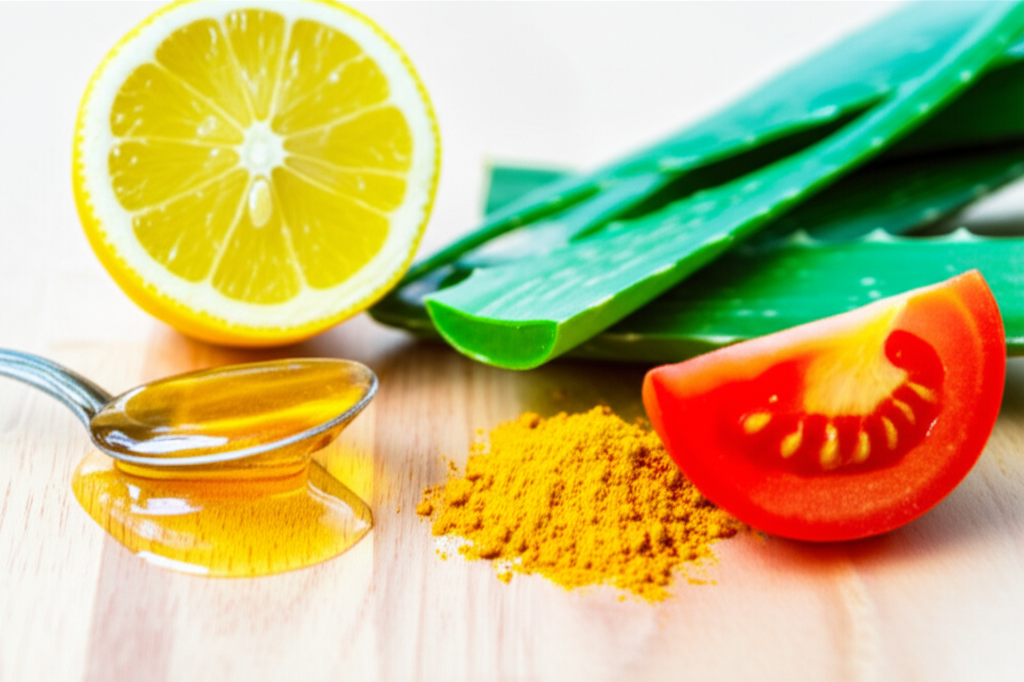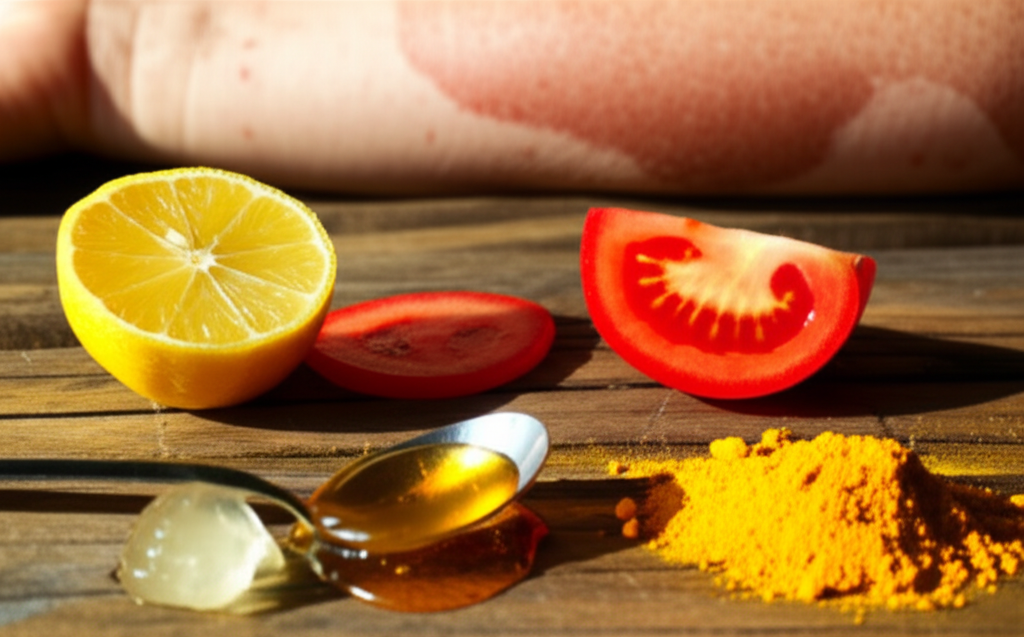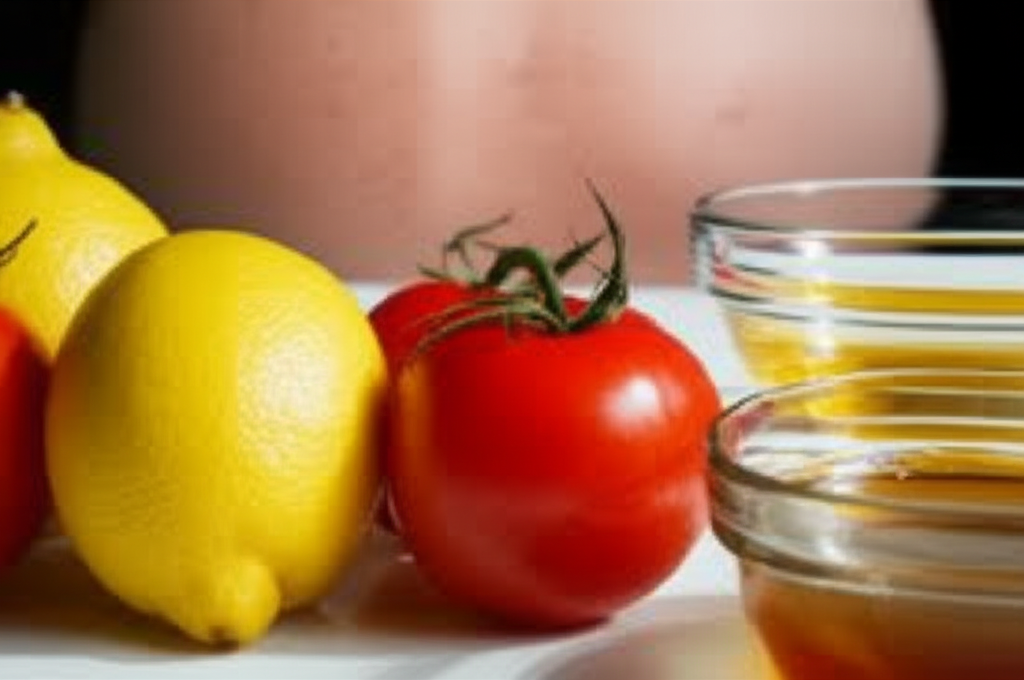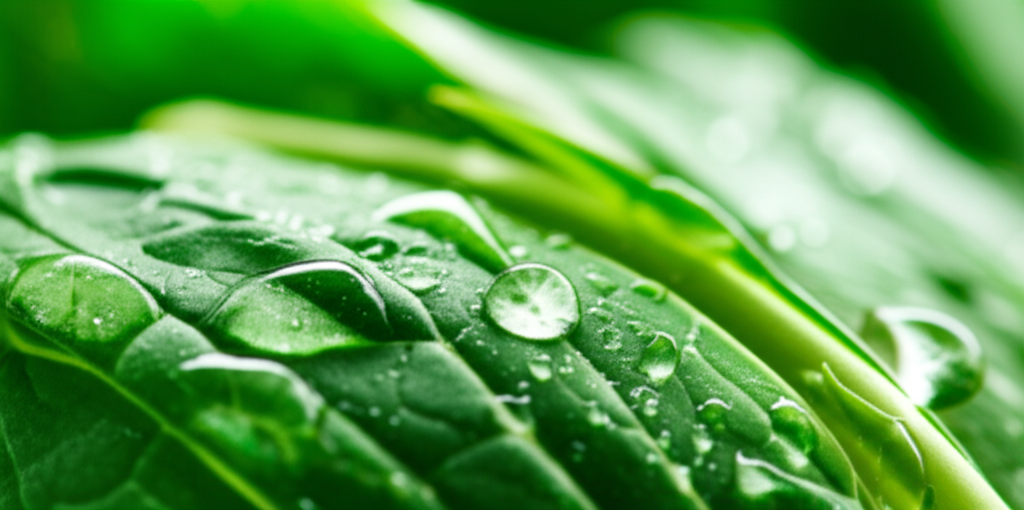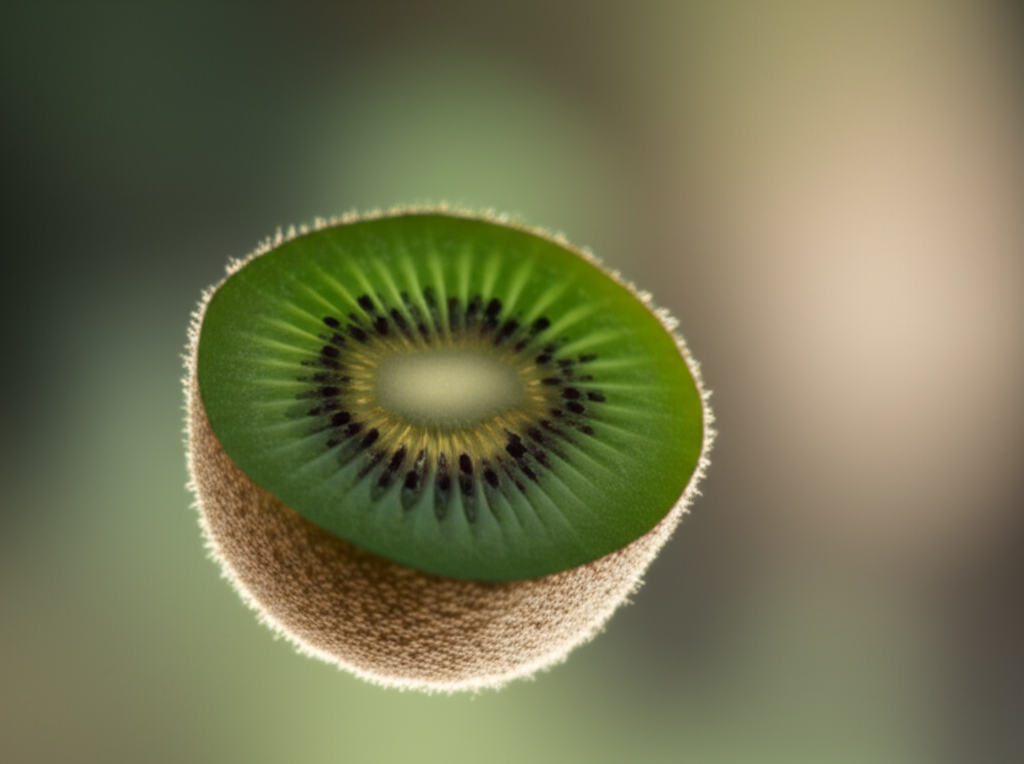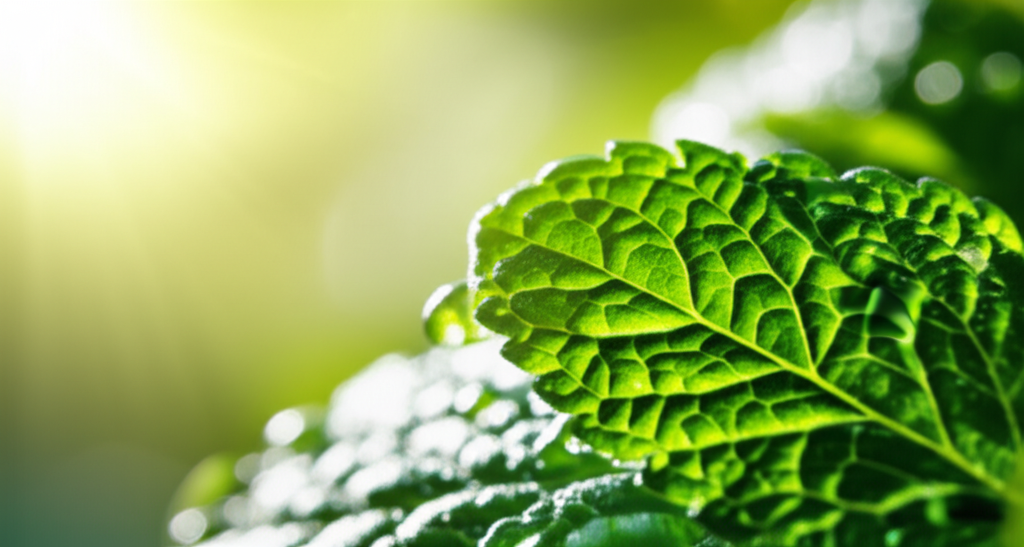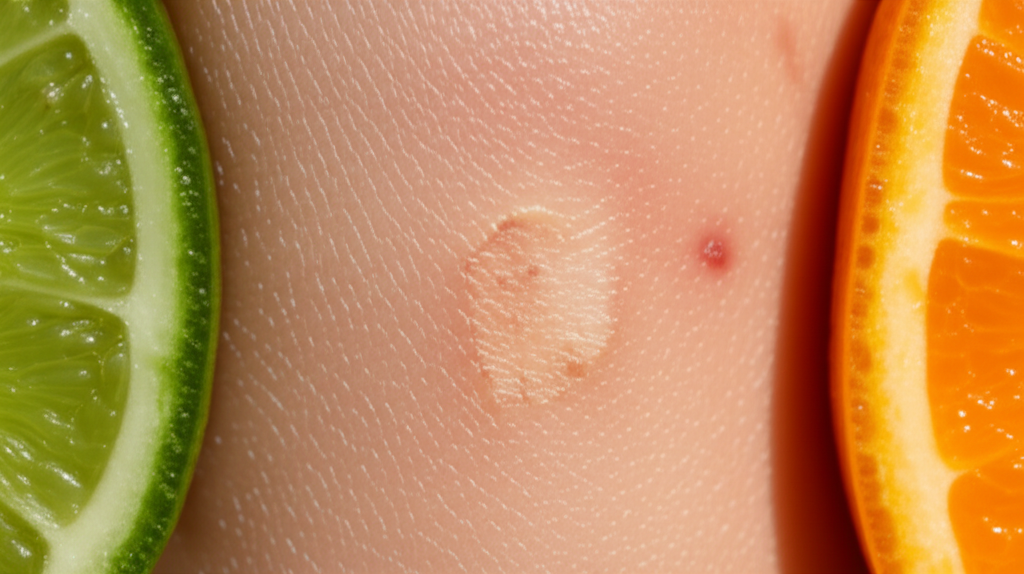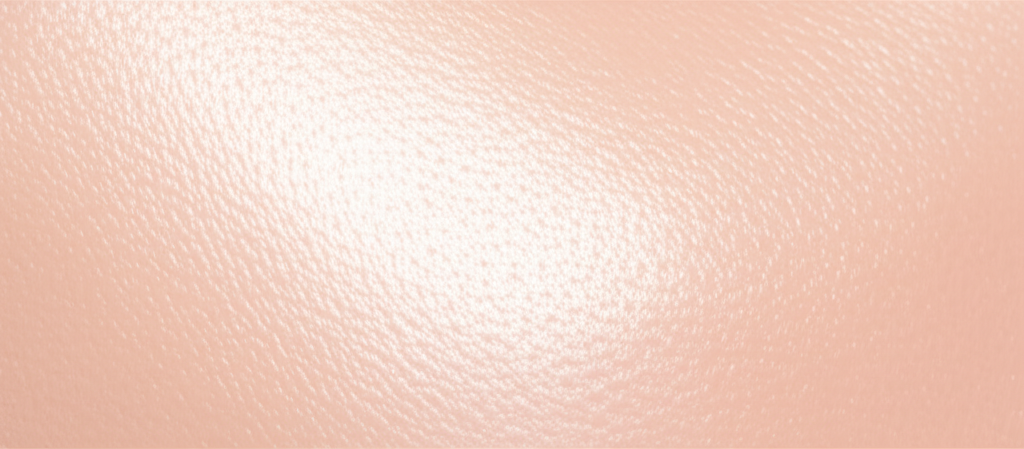Scientific Backing for Natural Sun Damage Repair
Summer's fun in the sun often leaves its mark, but thankfully, nature provides some potent allies in the fight against sun damage. While no kitchen ingredient will magically erase years of sun exposure, several possess scientifically-backed properties that can contribute to skin repair and rejuvenation. It's crucial to remember that these are supplementary to, not replacements for, proper sun protection and potentially professional dermatological treatments for significant damage.
Antioxidants: The First Line of Defense
Sun damage is fundamentally caused by oxidative stress – an imbalance between free radicals (damaging molecules) and antioxidants (protective molecules). Many fruits and vegetables boast high concentrations of potent antioxidants like vitamins C and E, and carotenoids. These antioxidants neutralize free radicals, preventing further damage and potentially mitigating existing damage by reducing inflammation and supporting skin cell repair. Studies show topical application of these antioxidants can improve skin texture, reduce hyperpigmentation, and increase collagen production.
Vitamin C (Ascorbic Acid): A Multi-Tasker
Vitamin C, abundant in citrus fruits and some vegetables, is a superstar antioxidant. It directly scavenges free radicals, boosts collagen synthesis (crucial for skin firmness and elasticity), and enhances the effectiveness of other antioxidants. Research demonstrates its efficacy in reducing wrinkles, improving skin tone, and protecting against UV-induced damage. However, its stability can be an issue; look for formulations that stabilize Vitamin C for optimal efficacy.
Vitamin E (Tocopherol): The Synergistic Partner
Vitamin E, found in nuts, seeds, and certain oils, works synergistically with Vitamin C. It protects cell membranes from free radical damage, reducing inflammation and improving skin barrier function. Studies have shown its ability to improve skin hydration and reduce the appearance of sunspots. When combined with Vitamin C, their combined antioxidant power enhances each other's benefits.
Beyond Antioxidants: Other Mechanisms
While antioxidants are key, other mechanisms contribute to the skin-repairing properties of certain kitchen ingredients. For example, some ingredients possess anti-inflammatory properties that can soothe sunburned skin and reduce redness. Others may stimulate cell turnover, promoting the shedding of damaged skin cells and revealing healthier skin underneath. Remember that the concentration of these beneficial compounds in topical applications might be lower than in supplements or professional-grade products, hence requiring consistency and patience.
Important Note: While these natural ingredients offer promising benefits, their effects vary depending on factors such as concentration, formulation, and individual skin type. Always conduct a patch test before widespread application, and consult a dermatologist for severe sun damage or pre-existing skin conditions. These DIY remedies are best used as part of a holistic skincare routine that includes sunscreen, a balanced diet, and sufficient hydration.
